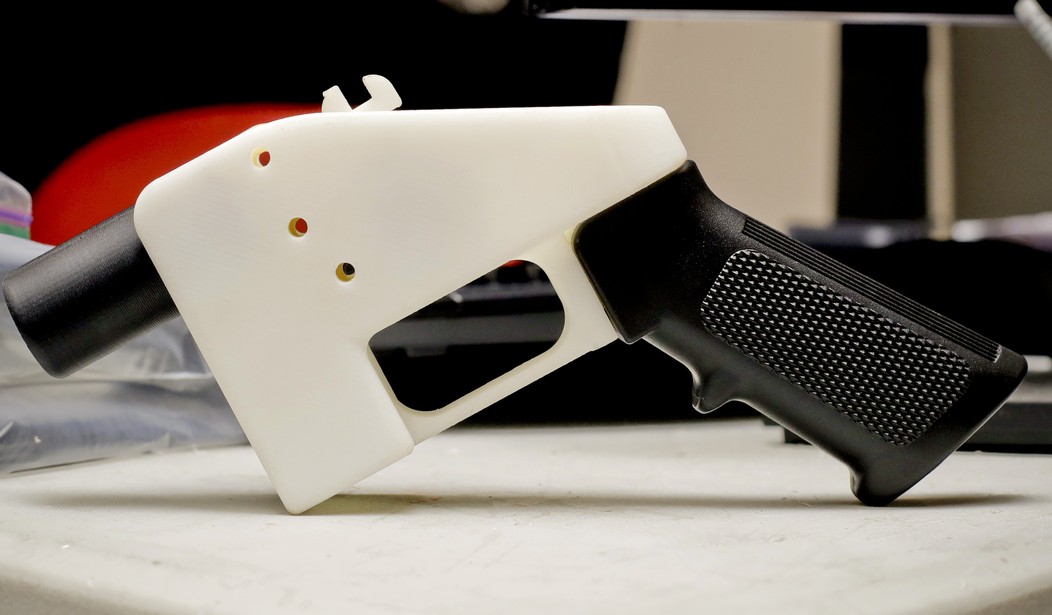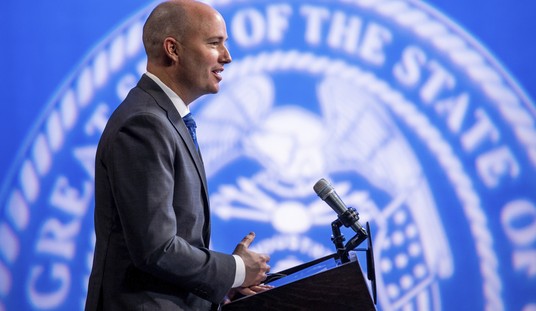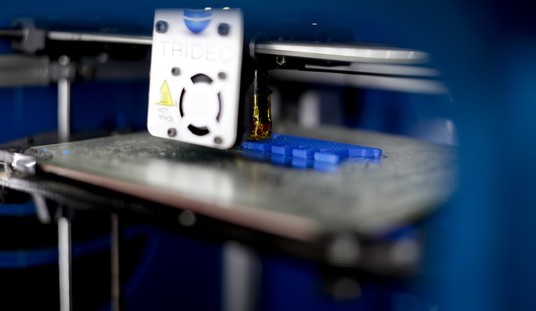Representatives from the Bureau of Alcohol, Tobacco, Firearms, and Explosives are meeting with leaders in the firearms industry today, and the discussion is expected to focus on the federal definition of what a firearm actually is. Under the Gun Control Act of 1968, a firearm is defined as “(A) any weapon (including a starter gun) which will or is designed to or may readily be converted to expel a projectile by the action of an explosive; (B) the frame or receiver of any such weapon; (C) any firearm muffler or firearm silencer; or (D) any destructive device.”
It’s those frames and receivers that the ATF wants to talk about, because gun control activists want the ATF to redefine firearms to include uncompleted frames and receivers. Because they’re not finished parts, the ATF doesn’t define them as firearms, meaning they can be sold without a background check and finished by the purchaser. As long as the home-built firearm doesn’t enter the stream of commerce, it’s not required to be serialized either, and gun control activists want that to change; requiring background checks and serialization of unfinished gun parts as well as fully finished firearms.
The Wall Street Journal, which was the first to report on the meeting, says the confab is a sign that the Biden administration may be getting ready to make a move targeting the unfinished frames and receivers, and while the industry is willing to listen, it sounds like they’re reluctant to go along with any demands for changes.
The National Shooting Sports Foundation, which represents the gun industry, will participate in the meeting as will several firearms manufacturers.
“We have not seen credible evidence and statistics demonstrating that this is a significant issue,” said Lawrence Keane, the NSSF’s general counsel. “We are happy to have a dialogue with the ATF as we always are on issues that impact industry.”
There have been growing calls to regulate ghost guns in the past few months. Separately, Democratic lawmakers and gun control groups have called for new regulations following mass shootings in Atlanta and Boulder. Friday’s meeting was planned before those massacres.
On Monday, 18 Democratic state attorneys general sent a letter to Attorney General Merrick Garland urging him to act on ghost guns. Earlier this month, four Democratic senators sent a letter to President Joe Biden, asking him to direct the ATF to “regulate these firearms under the Gun Control Act and ensure that they are subject to a background check.”
Biden has this week called on Congress to tighten the nation’s gun laws. The Democrat urged lawmakers to pass legislation to expand background checks and ban weapons like the AR-15 style gun used by the Boulder shooter.
He didn’t mention ghost guns. But Biden administration officials discussed the topic with gun-control advocates at a February meeting, the White House said.
The WSJ points out that six states have passed laws regulating or banning the sale of unfinished frames or receivers, but notes that “enforcement has been difficult.” In California, for example, anyone building a gun on their own is supposed to register it and get a serial number for the firearm. Between July of 2018 and January of 2020, the state issued serial numbers for about 3,300 home-built firearms, but authorities have no way of knowing how many others might be out there.
That won’t change, even if the ATF were to require background checks on the sales of all unfinished frames and receivers. It’s now not only possible, but pretty easy to use a 3D printer to build a firearm from scratch without having to purchase anything other than the raw material and the printer itself.
People have been making 3D-printed guns at home since 2013. They used to be pretty low-tech, capable of one shot before busting. But they’ve come a long way in the past few years. Now you can print untraceable AR-15s, AKMs, semi-automatic pistols, and more—no serial number, no registration, no background check. Up until recently, however, the best you could do with a semi-automatic riflelike the AR-15 was 3D-print the lower receiver (the core part that’s regulated as a firearm). Users still had to buy real magazines, triggers, and barrels to complete the kit and build a working gun. That’s easy to do if you live in America, where most people can purchase gun parts (minus the receiver) online. But it’s a problem if you live in a country with strict gun control like Germany, where most people can’t easily purchase the necessary parts.
All that changed in March, when 3D-printing and firearm enthusiasts publicly released the design for a 100 percent homemade semi-automatic rifle that not only shoots 9 mm ammo exceptionally well but is durable enough to withstand thousands of rounds. They called it the FGC-9, which stands for “fuck gun control 9 mm.” Most of the gun is 3D-printed, while the rest includes inconspicuous parts available at hardware stores. The files include detailed instructions to help anyone—even if they don’t have technical knowledge—build their own. They explain which 3D printer to buy, how to cast DIY ammo at home, and how to modify a metal tube in your bedroom to turn it into a gun barrel. The metal means the gun can’t sneak past metal detectors, but it also means there are no consequences for owning one in the U.S. 3D-printed guns are legal, as long as they can be picked up by a metal detector.
As Slate recently reported, the cost of printing and assembling an FGC-9 is about $500 (including the cost of the printer itself), which makes the idea of supply-side gun controls even more useless than they already are in a country with 400-million privately owned firearms and the constitutionally-protected right to own them.
It’s not just impractical and unconstitutional, but impossible to try to ban our way to safety. Whether we’re talking about bans on homebuilt firearms or modern sporting rifles, they simply won’t impact criminals who use guns in the commission of their crimes. The only truly effective way to reduce the violence is to reduce demand for guns among those who would use them for illicit purposes; both through violence prevention programs, targeted deterrence efforts by law enforcement, and ensuring swift and certain consequences in the criminal justice system for acts of violence.









Join the conversation as a VIP Member